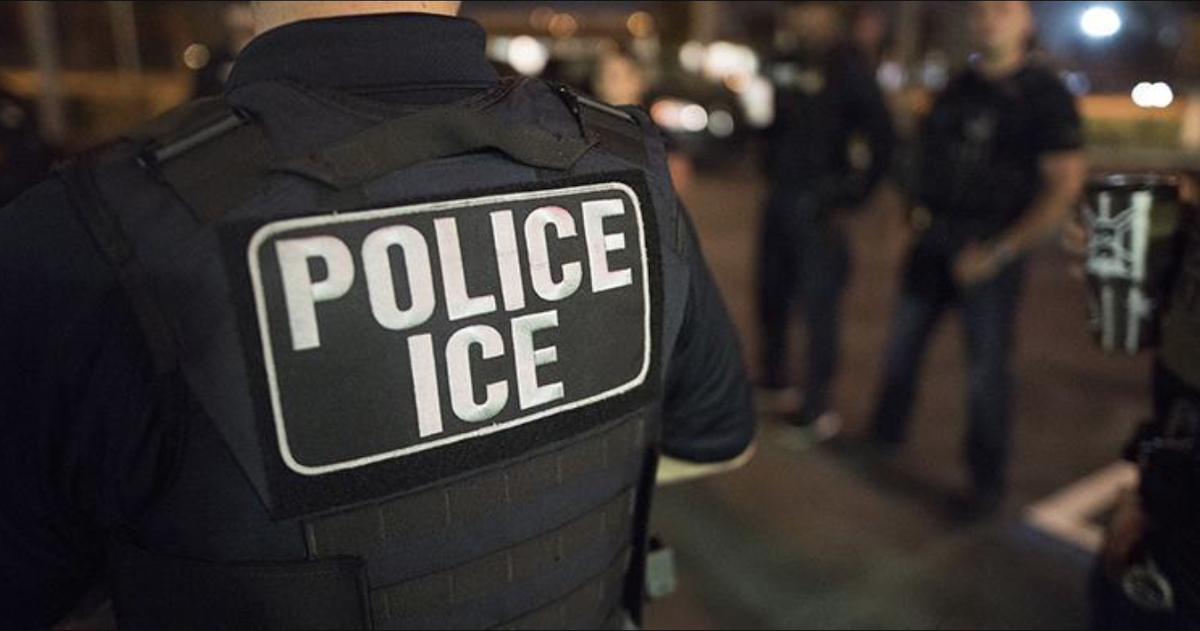

(Public Domain)
By Sourik Beltrán and Alejandra Mejía
On March 24, Immigration and Customs Enforcement (ICE) requested 45,000 N95 masks through one of the federal government’s primary contracting systems. The agency justified the request by claiming that their offices would need the masks to continue arresting and deporting undocumented immigrants amidst the current pandemic. Following public criticism, ICE cancelled the request not even one week after it was posted.
Still, reports have surfaced revealing the agency’s continued use of N95 masks and other personal protective equipment (PPE) to maintain their usual operations.
By now, most are aware of the national shortage of PPE for healthcare providers at the front-lines of COVID-19. What may be less understood is exactly how drastic the shortage has become. Not only have PPE donation drives become commonplace, but physicians have been posting horrifying stories of cleaning and reusing single-use masks or fashioning their own PPE at home. Some hospitals have even terminated staff who have spoken out about the shortage for fear of attracting bad press.
The problem with ICE’s recent request for N95 masks is obvious. Regardless of one’s stance on immigration, it’s not hard to understand that those caring for COVID-19 patients should have first priority when it comes to protective equipment. But while a canceled request for N95s is a move in the right direction, the agency must take it a step further. The fact remains that ICE still holds an untold amount of PPE being used for raids. With resources as low as they are, every mask outside of the hands of a healthcare worker could mean one less professional on the front lines or potentially one more preventable death. From a resource-allocation standpoint alone, ICE has all but a moral obligation to donate its protective equipment to the medical facilities that need them most.
How, then, will they continue to operate? The answer to that question is simple: they shouldn’t. Irrespective of the PPE shortage, further arrests, detentions, and deportations may worsen the spread of COVID-19 by enabling ICE agents to act as vectors of infection while simultaneously putting detained immigrants —already highly vulnerable to the virus— in greater danger. In fact, ICE is well aware of these risks. Earlier in March, the agency said that they would be halting most of their arrests, citing that their priority under the crisis would be to “promote life-saving and public safety activities.”
Those familiar with ICE’s long record of human rights abuses under the guise of national security may be unsurprised to see that they have continued business as usual. Nevertheless, in the interest of public safety, perhaps now more than ever before, ICE must work to minimize its role in spreading the virus and abandon its normal practices.
As many experts have noted, detained immigrants are at some of the highest risk for COVID-19. Already living with improper sanitation, overcrowding, and inadequate healthcare, detainees lack access to practically all of the protections needed to mitigate the virus’ spread. Detainees have even organized hunger strikes just to demand soap. With otherwise healthy minors dying of the flu due to medical neglect while in ICE custody, the prognosis for detained immigrants fearing the growing pandemic looks poor. Right now, it is in these detention centers that “life-saving and public safety activities” are most needed. This should be ICE’s primary concern, not whether they are protected in activities which may only put more people in harm’s way.
***
Sourik Beltrán (@soupmd_ is a senior medical student and masters in bioethics student at the University of Pennsylvania’s Perelman School of Medicine and Department of Medical Ethics and Health Policy.
Alejandra Mejía is the Chief Editor of Migrant Roots Media, a digital platform which centers the analyses of migrants and children of migrants in order to unearth the systemic causes of global migration.


